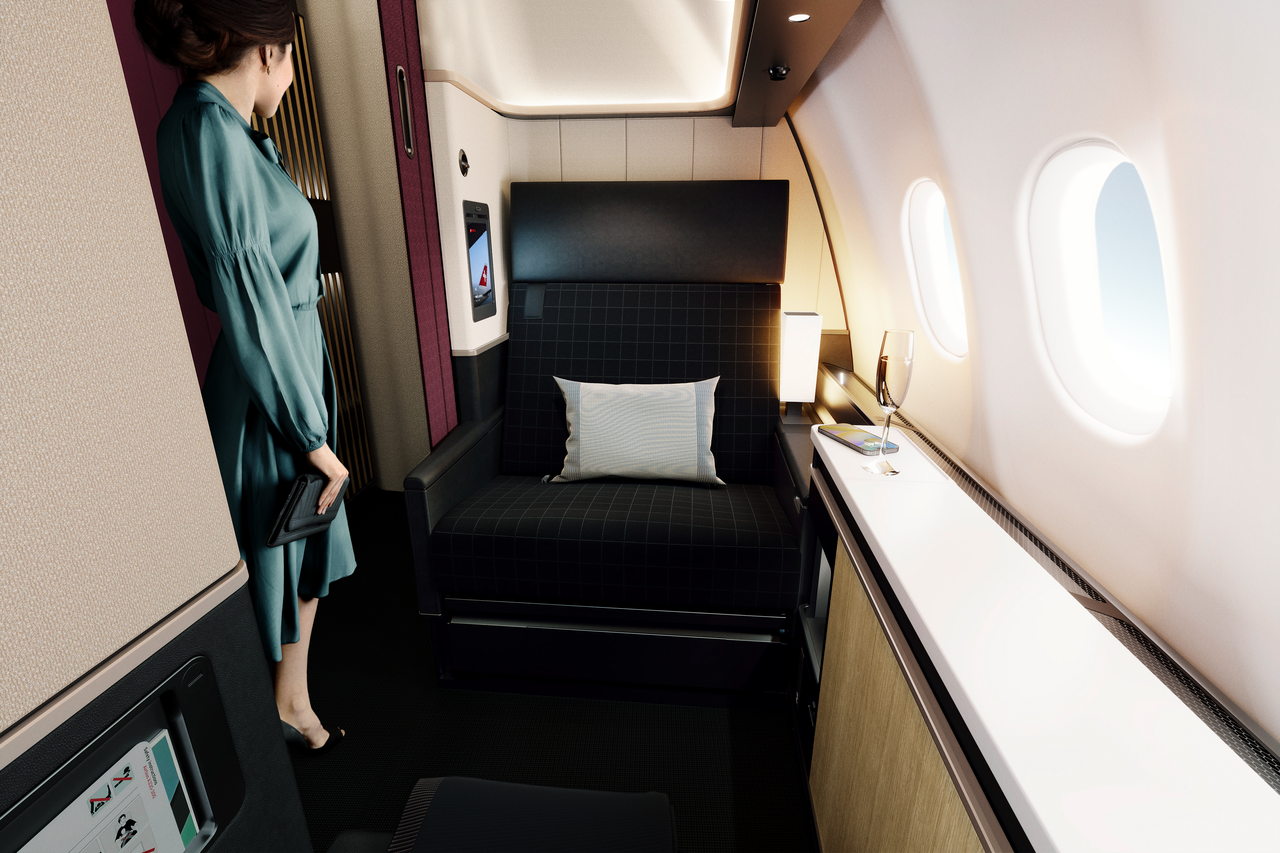Premium Air Travel Defined the Industry in 2024 — Will the Momentum Last?

Skift Take
The Most Important Story: 2024
These are the headlines that drove the conversation in the travel industry in 2024 and will continue to dominate in the new year. See all storiesThe airline business is usually a terrible business, at least if you want to make money. You’ll need a lot of labor. You’ll need a lot of capital. Be ready for intense competition and incessant government interference. And if anything really bad happens in the world—a pandemic, a natural disaster, a war—it’s the airline industry that typically takes the first (and hardest) punch.
But cheer up airlines. In 2024, a powerful tailwind led to unusually strong industry profits. It’s in large part thanks to what turned out to be the most important story in the air this year: White-hot demand for premium travel.
It was also the most important story for airlines on the ground. Travelers showed an unmistakable preference not just for in-flight comforts but also for priority treatment in the terminal. Perks such as airport lounges and enhanced boarding privileges moved mainstream.
Trading Up is Big BusinessAccording to industry trade body IATA, airlines worldwide will collectively earn nearly $32 billion in ne


